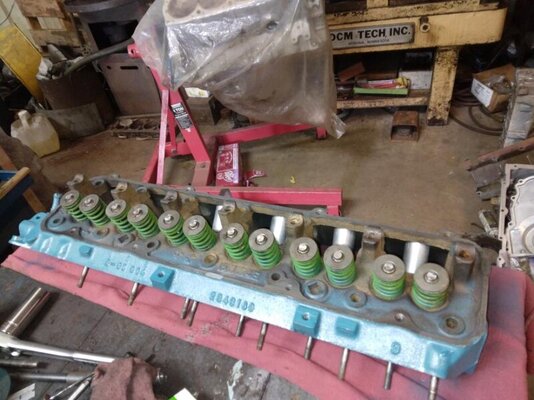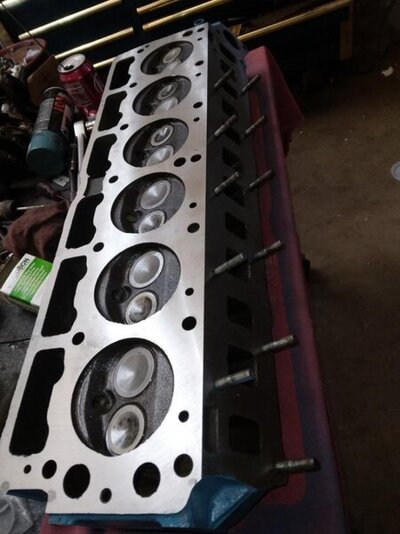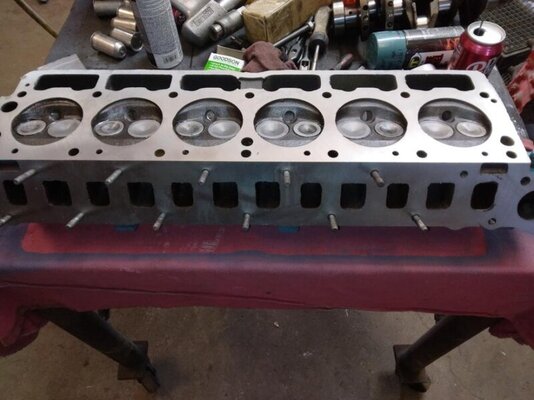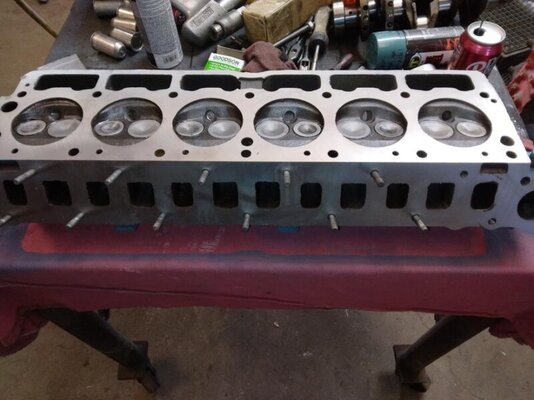Rug_Trucker
Love my 3.8 Buicks
- Joined
- Jan 22, 2007
- Messages
- 279
- Reaction score
- 42
240 Ford inline 6 had the valve seals laying in the bottom of the head. (claimed 9.2:1 factory compression) Tons of carbon in the chambers. 100K on it. Smoked bad, had tons of compression due to the clumps of carbon that made the chambers smaller. Tons of crap on the pistons too. Burned a lot of oil. It stopped after the valve job. I have heard the stories of blowing out the bottom ends of motors etc. Never seen it.
I rebuilt a 360, swapped heads at over 100K. No problems.
Ford 302, and others..........
I rebuilt a 360, swapped heads at over 100K. No problems.
Ford 302, and others..........





















